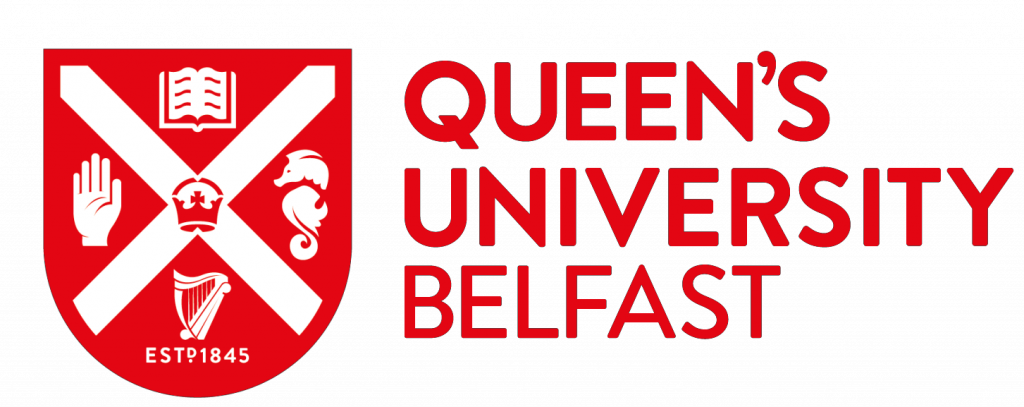The SWEET project will investigate the efficient deployment and sustainability issues of wearable sensors in particular for health analytics. Real-time remote monitoring of physiological indicators can support early detection and intervention in heart diseases and save lives. These services however require wearable technologies with strong predictive abilities, fast networks and fast servers to extract insights from the collected data. Unfortunately, these technology components are often inaccessible to hundreds of millions of people, specifically, people who live in areas with limited broadband connectivity and limited means to invest in local computing and communication infrastructure.
The project will focus on three components (i) energy-efficient wearable hardware accelerators using custom instruction set acceleration, (ii) distributed scheduling and machine learning model serving to account for performance variability of the systems and networks, (iii) technologies for efficient and portable deployment of web services and approximate key caching.
The project will support one PhD student and one post-doctoral researcher in our group.
The project is a collaboration between Deepu John (University College Dublin), Dimitrios S. Nikolopoulos (Virginia Tech), Bo Ji (Virginia Tech) and ourselves in DIPSA (Queen’s University Belfast), and is funded through the tripartite US-Ireland funding scheme.
We graciously acknowledge the support by the Department for the Economy, NI (contracts to be finalised).


